This is my late and last post covering Leweb 2009. Like every other year (2006, 2007, 2008), I will make a roundup of the presenting startups in the conference.
This year, startups didn’t have to pay to present, like in previous years. As a result, the competition seemed opened to more early stage companies and it did show. Only two had already got some VC funding and less than half had significant business angel back-up. There were fewer startups presenting: 16 instead of 30 last year.
The selection included many ecommerce tools, various social network tools, and other stuff. Many of these had some pieces of “real time web”, mostly through connecting somewhat with Twitter and the likes. In the social networking space, most of the innovations are about integrating the various social networking platforms around. Many many startups want to play this game, but only a few may survive.
You can watch the presentation videos of the startups which are split in four sessions of one hour on UStream: one, two, three, four. A good progress compared to last years of Leweb where these sessions were not recorded. Next year’s improvements will consist in splitting these videos by startups.
eCommerce
In that category competed three companies helping ecommerce sites to be more efficient and three various e-something sites:
- Storific (France) is a web tool to help stores manage real-time communication and customer service through social networks, Twitter and others. Is it a necessary intermediation? Can’t stores use Twitter directly? Business model is Fremium and white label based.
- Shutl (UK) is a web service to aggregate "same day" delivery services companies with e-retailer sites. At a cost that is equivalent or even cheaper than standard delivery services.
- LiqPay (Ukrain) is a payment solution based on mobile number to send cash to anybody. But not much information on how it works, security, trust or bank relationships. Can be positioned as a PayPal using phone number instead of userid+password. How safe is that? They are still already partnering with Visa. Their business model is to charge a transaction based fee for each money transfer.
- Sokoz (France) is a real time reverse auction system synchronized with all clients. Auctions last 30 seconds and drive impulse purchase decisions. Right on point for this year’s web theme! It uses instant messaging and Twitter to warn users of new interesting sales. It’s starting as a btoc system but could be extended to a btob system. Patent pending process.
- Sports Predictions (Denmark) is a web site providing statistics for sports subject to betting, starting with football. It improves the betting process, but what if everybody starts to use it? Use statistics to create the odds. Can be used to compare live TV games and live games to place real-time bets. Uses a lot of historical data and patterns. Many betting sites currently show up in Europe are they are getting legit. Business model based on transaction fees and white labels for bookmakers. Wants to go in the USA.
- Kukunu (UK) is a trip planning site with hotels and sightseeing recommendations. With a tool to organize elements from a trip in an agenda, a recommendation engine based on behavior during planning process and interesting spot points around where you plan to be. The platform is open and social. Users can ask advice to their friends real-time through social networks like Twitter. It lack travel price optimization at this point but could embed price rules afterwards. Business model is based on a classical 6% commission on bookings, mostly from hotels. It will have to address mobiles after they get some funding. Will do specific SEM to generate audience and some viral effect through social networks. Quite a crowded market. They are looking to 600K€.
Social networks
- Tigerlily (France) is an application that enables users to customize and manage their Facebook pages with widgets. It supports Flash animations and has several available widgets: video, text, image, Twitter, RS, music player, podcast and Flickr pictures. It provides various tools to drive traffic to your Facebook page such as a newsletter feature to collect emails from friends and a contest feature. It displays statistics to know what users are doing on your page. They already have Orange as a customer and want to be the European leaders of Facebook application creation. But European expansion will be a big challenge for them. They also want also to do consulting on community management to get a direct relationship with large customers. Product or service? The eternal choice for a startup.
- FriendBinder (UK) is an integrator of social network to track what your friends are doing on these. It supports Facebook, Twitter, Youtube, Flickr, Digg, Delicious. Web site and mobile site with same feature set. It includes location based friends activity tracking. Friends can be organized but the problem is your friends have to be in FriendBinder so that they show in the friends list of the web site. So by default, after connecting to Twitter and Facebook, you have no friends in the application user interface (see below). If a social network aggregator requires you to redefine who your friends are, it becomes an endless work! Their monetization works through search ads and partnerships, classical, but will be hard to generate break even for a while. How many social network aggregators are competing so far? Way too many. Many such tools also exist on mobiles such as Miyowa InTouch 5.
- FitnessKeeper (USA) runs RunKeeper, a mobile fitness tracker application for the iPhone coupled with some web service consolidating the related data. It tracks distance, time, speed, pace, calories burned, elevation and path traveled on a map. What you record can be stored online and broadcasted to your friends, such as through social networks like Twitter. So, it’s mostly for joggers. The platform can provide advice on when to do sports, how to do it, etc. It was in the top 10 iPhone applications for Time Magazine. The business model is fremium based, with a subscription revenue for a reporting solution of individual data and other people’s data. The paid version was so far acquired by 10% of users. Not bad at all.
- Nyoulink Stribe (France) was the winner of this year’s Leweb startup contest. I already covered them in the Traveling Geeks visit to the Paris Incubator. Here they are, happy winners! A French startup winning at Leweb? Extraordinary? Not at all! French startups won 3 out of the last 4 Leweb startup competitions (with Yoono and Goojet). Influenced by the jury that has usually at least one or two French guys? Hard to tell.
Text and search tools
- Mendeley (UK) is a (rich client) search management tool for research papers which enables the creation of a paper bibliography and provide some recommendation on related papers. Winner of the TechCrunch Europe event Plugg in March 2009.
- The Hyperwords Company (UK) develops a browser add-on that improves the way you search on the web and adds inline insert of text while you edit it. A Firefox add-on that will be hard to monetize.
- Wordy (Denmark), an online service to copy-edit your English text for grammar, spelling, structure and punctuation. Done by real people, certainly offshore.
Collaboration tools
- task.ly (Russia) is a web based task management connected to other popular web services and available on web and mobiles. With easy task input and semantic analysis to fetch documents relevant to complete the task. Fremium based business model for $4 a month. A nice to have solution. Not sure it’ll shake the web.
Development and infrastructure
- CloudSplit (Ireland) offers real time views and graphics on what is happening on your Amazon, Azure or any other grid from a cost perspective. It helps identify optimization opportunities for your cloud code. Can help assess the cost/performance ratios of various cloud computing platforms. $10 a month per EC2 instance. They are searching for £2m to set up business in the Silicon Valley. Startup did present at TechCrunch 50 2009. It looks like this company was built from the ground up for an “exit”…
- Superfeedr (USA) connects web sites together in real-time. It’s an API-only BtoB service based on web standards. So, not a consumer tool. The idea is to aggregate RSS feeds from sites and push content real time to other sites. Sort of Wikio APIs? It also handles feeds which have no APIs and provides traffic analytics. Their business model is to share (ads?) revenues with news sites.
I’m a bit surprised by the choice of some of these startups for which the business outlook seems at best gloomy. Many presenters looked like being very stressed and lacking enthusiasm. And these companies where selected out of a pool of several hundred candidates from all over Europe and the USA…
So, this ends Leweb’s coverage for this blog. Loic and Géraldine has put the bar quite high for next year! But they still have interesting room to further improve the quality of the event. Particularly to make it even more lively and more interactive with the audience (particularly for those watching in video streaming mode).
Now, it’s time for some family meetings for Christmas / New Year. My next big report is the heaviest of all: my visit report from the Consumer Electronics Show in Las Vegas (Jan 7-10th 2010). It will show up sometime around January 21th 2010.
![]()
![]()
![]()
Reçevez par email les alertes de parution de nouveaux articles :
![]()
![]()
![]()


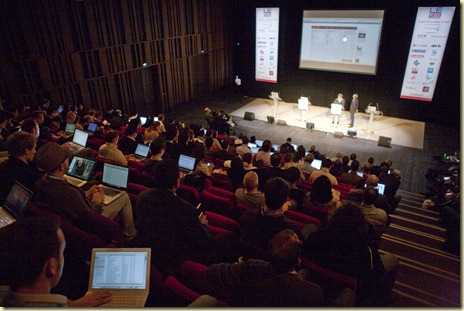
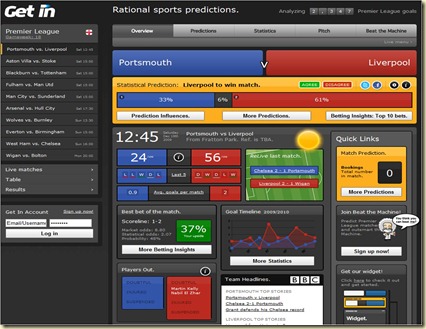
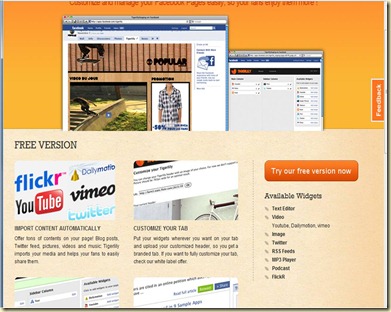

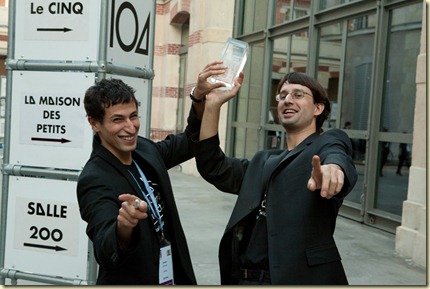

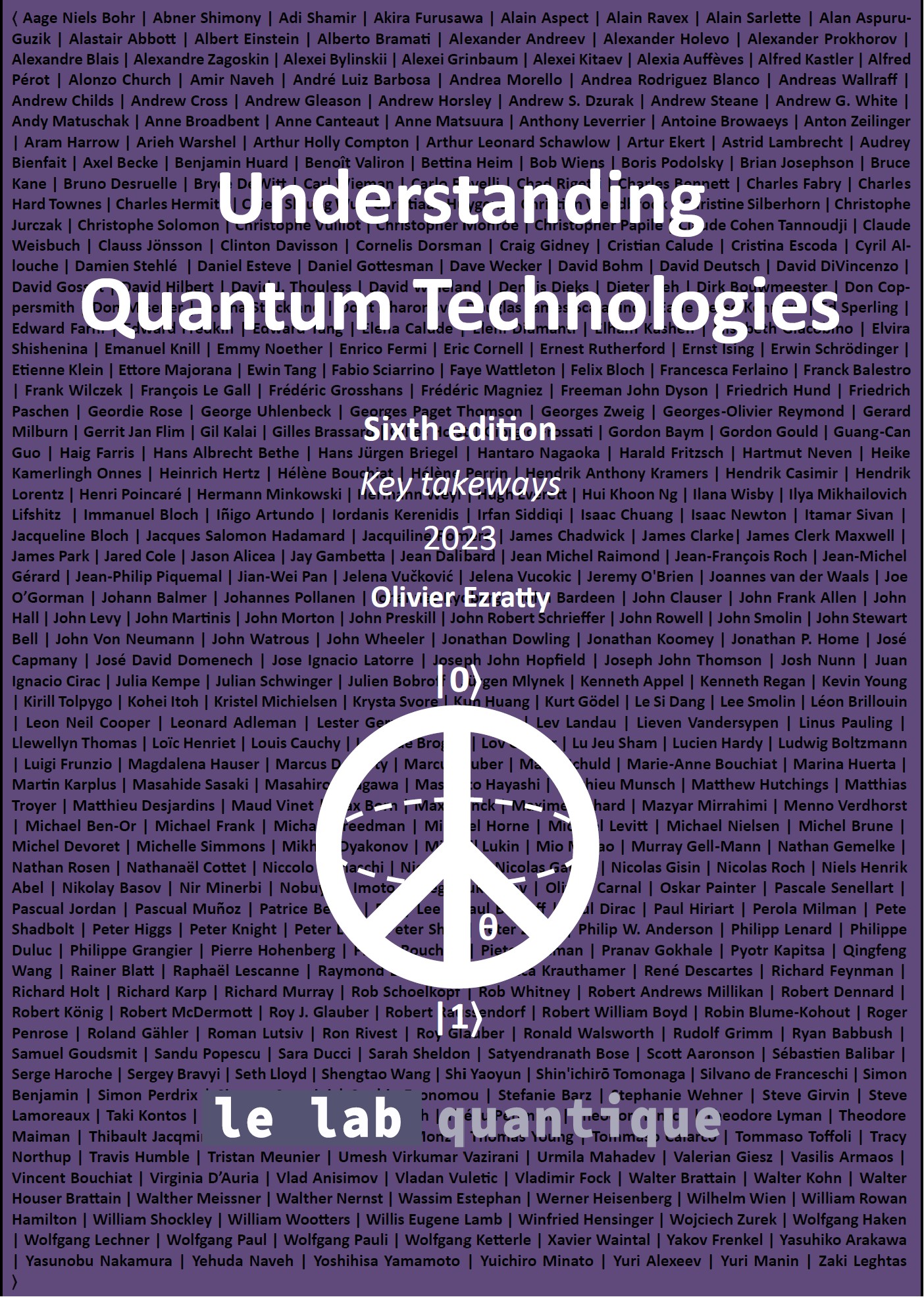

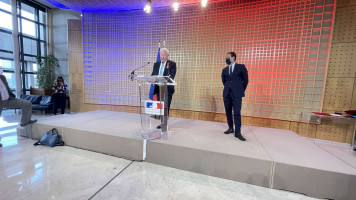


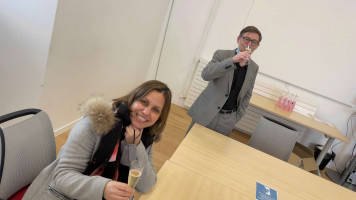








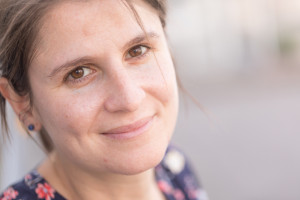





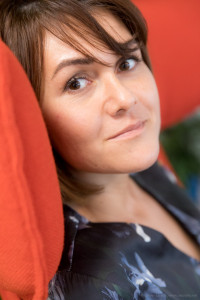




 Articles
Articles
CloudSplit […] It looks like this company was built from the ground up for an “exit”…
The name of the company might reinforce your feeling, looks like they are ready to split 🙂
Do you mean by this comment that this company is not built to last ?
Bonjour,
Je m’excuse d’insister et j’en profite pour reformuler ma question. Il vous semble si je comprends bien qu’une telle compagnie a été montée depuis le départ dans l’idée d’une sortie par les fondateurs.
Cette stratégie a-t-elle des implications selon vous sur la viabilité long-terme de l’entreprise (ou sur la pertinence de l’idée de départ) ? Comment doit, selon vous, être mis en valeur une création d’entreprise par des fondateurs qui envisagent une sortie ? Comment ceux qui se retrouvent propriétaire de l’entreprise après la sortie des fondateurs doivent-ils s’y prendre ?
Dès lors qu’une société a fait appel à des capitaux externes (business angels, VC), elle doit avoir en tête une sortie ! Et le plus souvent, cette sortie est une acquisition, pas une IPO. La boite doit donc être de préférence viable, en forte croissance, et présenter un intérêt stratégie (techno, complémentarité de business, barrière à l’entrée) pour un acquéreur potentiel. Mais comme les chances d’être acquis sont statistiquement faibles, il faut savoir gérer son entreprise et sa croissance comme si elle devait rester viable de manière autonome. C’est le paradoxe…
Après acquisition, tout dépend d’un tas de paramètre et notamment le taille, l’activité et la culture de la boite qui fait l’acquisition. Le mieux étant souvent de conserver les fondateurs quelques temps dans la structure.
Quelques précautions cependant (qui sont décrites dans mon guide sur l’accompagnement des startups) :
– La qualité des recrutements (et notamment la diversité culturelle, la maitrise de l’anglais et la mobilité géographique)
– La protection de la propriété intellectuelle (pas simplement les brevets, mais aussi les types de licences logicielles utilisées dans ses produits)
– Le montage financier et la structure du capital (qui ne devront pas être trop tarabiscotés)
Merci beaucoup pour ces explications très claires.